
Understanding Common Issues Faced with Best MCCB Moulded Case Circuit Breakers
The MCCB Moulded Case Circuit Breaker market is poised for significant growth, driven by the increasing demand for reliable electrical protection systems across various industries. According to a recent report by Research and Markets, the global MCCB market is expected to reach USD 6.08 billion by 2025, growing at a CAGR of 5.4% from 2020 to 2025. This rise can be attributed to the expanding infrastructure development and the growing need for safety measures in electrical installations.
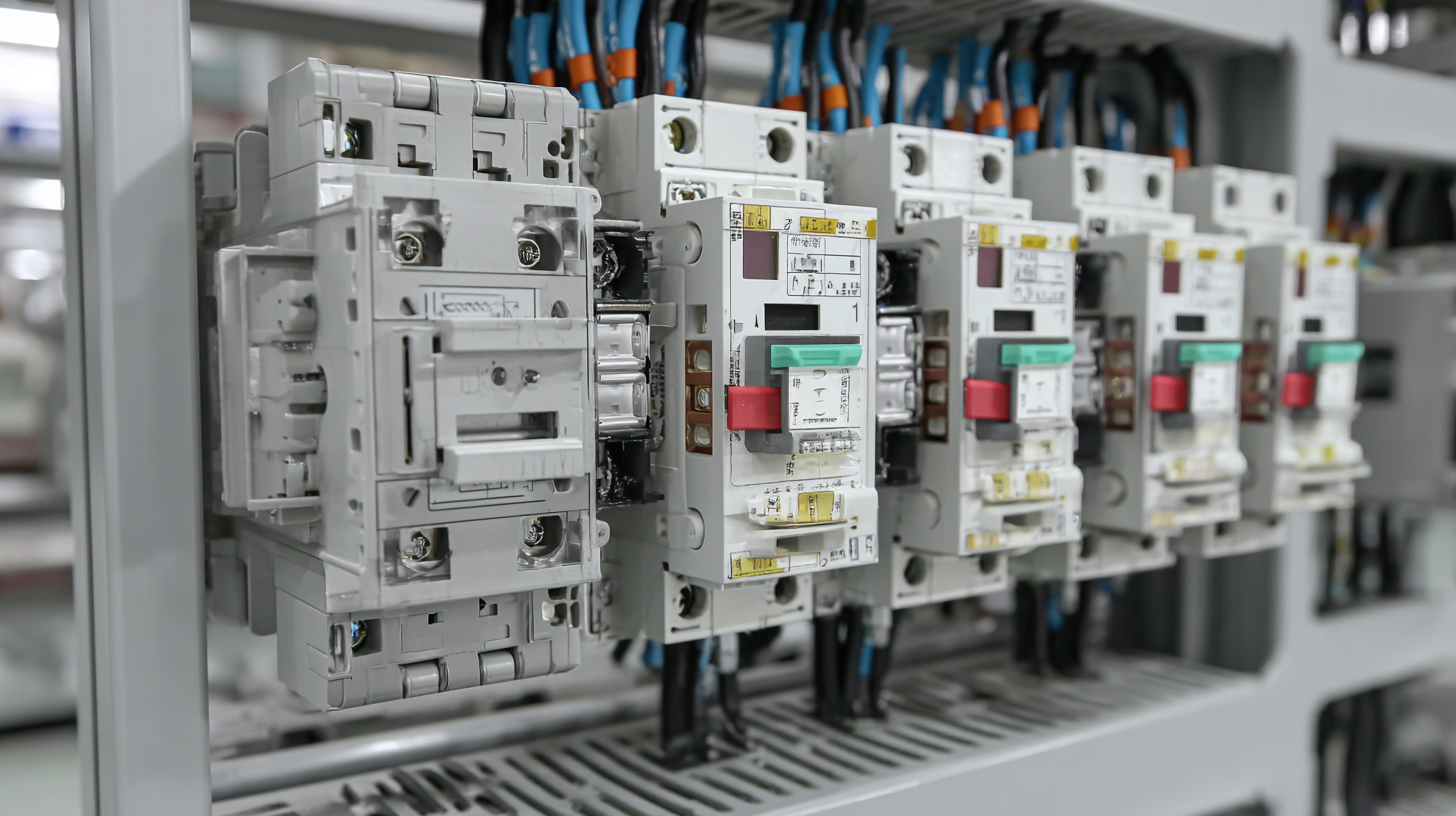 However, despite their benefits, users face common issues with MCCB Moulded Case Circuit Breakers, such as complicated maintenance procedures and improper settings that can lead to operational failures. Understanding these challenges is essential for maximizing the performance and reliability of MCCBs, making it crucial for industry professionals to stay informed about best practices and innovative solutions in the market.
However, despite their benefits, users face common issues with MCCB Moulded Case Circuit Breakers, such as complicated maintenance procedures and improper settings that can lead to operational failures. Understanding these challenges is essential for maximizing the performance and reliability of MCCBs, making it crucial for industry professionals to stay informed about best practices and innovative solutions in the market.
Key Functions and Importance of MCCB in Electrical Systems
Moulded Case Circuit Breakers (MCCB) play a vital role in electrical systems, serving as both protective and switching devices. Their primary function is to protect electrical circuits from overloads and short circuits. According to a report by Grand View Research, the global circuit breaker market size is expected to reach USD 10.44 billion by 2025, highlighting the increasing importance of reliable protection systems like MCCBs in modern electrical installations.
In addition to protection, MCCBs also offer adjustable trip settings, which allow for customization based on specific electrical loads. This feature is crucial for industries dealing with varying power demands, as it helps prevent unnecessary downtime and equipment damage. Moreover, a study by MarketsandMarkets indicates that the need for energy-efficient products is driving the MCCB market, with innovations in technology enhancing operational efficiency and safety. By integrating these advanced features, MCCBs ensure optimal performance, underscoring their significance in both industrial and commercial electrical systems.
Common Issues Faced with MCCBs and Their Importance in Electrical Systems
Common Problems Encountered with MCCB and Their Solutions
Moulded Case Circuit Breakers (MCCBs) are essential for protecting electrical circuits from overload and short circuit conditions. However, common issues can arise during their operation, potentially compromising electrical safety. One of the primary problems is nuisance tripping, which accounts for over 30% of service calls in industrial settings, according to a recent study by the International Electrotechnical Commission. This can be caused by improper settings or environmental factors, leading to unnecessary downtime and maintenance costs.
Another challenge faced by users is inadequate thermal protection, which can result from outdated or improperly calibrated devices. According to a report from the Institute of Electrical and Electronics Engineers (IEEE), approximately 25% of MCCB failures relate to heat-related issues. Regular thermal imaging inspections can help identify overheating components before they lead to circuit breaker failure, ensuring optimal performance.
Tips: To minimize issues with your MCCB, ensure regular maintenance and calibrations are performed according to manufacturer guidelines. Additionally, implementing training for staff on recognizing the signs of malfunction can prevent larger, costly disruptions. Periodic assessments of circuit loading and environmental conditions will further enhance the reliability of your circuit protection systems.
How to Choose the Right MCCB for Your Specific Needs
When selecting the right Molded Case Circuit Breaker (MCCB) for your specific needs, it's essential to start by assessing the electrical load requirements of your application. Understanding the amperage and voltage levels your system will operate at can help you choose an MCCB that is rated appropriately. Look for breakers that not only match these specifications but also incorporate a suitable margin for any potential future load increases.
Another critical factor is the environment in which the MCCB will be installed. Consider factors such as humidity, temperature variations, and the presence of dust or corrosive elements. These environmental conditions can significantly affect the performance and longevity of the circuit breaker. Selecting an MCCB with a suitable enclosure rating (like IP ratings) ensures optimal protection and functionality over time. Additionally, familiarize yourself with the specific features of different MCCBs, such as adjustable trip settings and various protection levels, to ensure that you meet safety and reliability standards tailored to your operations.
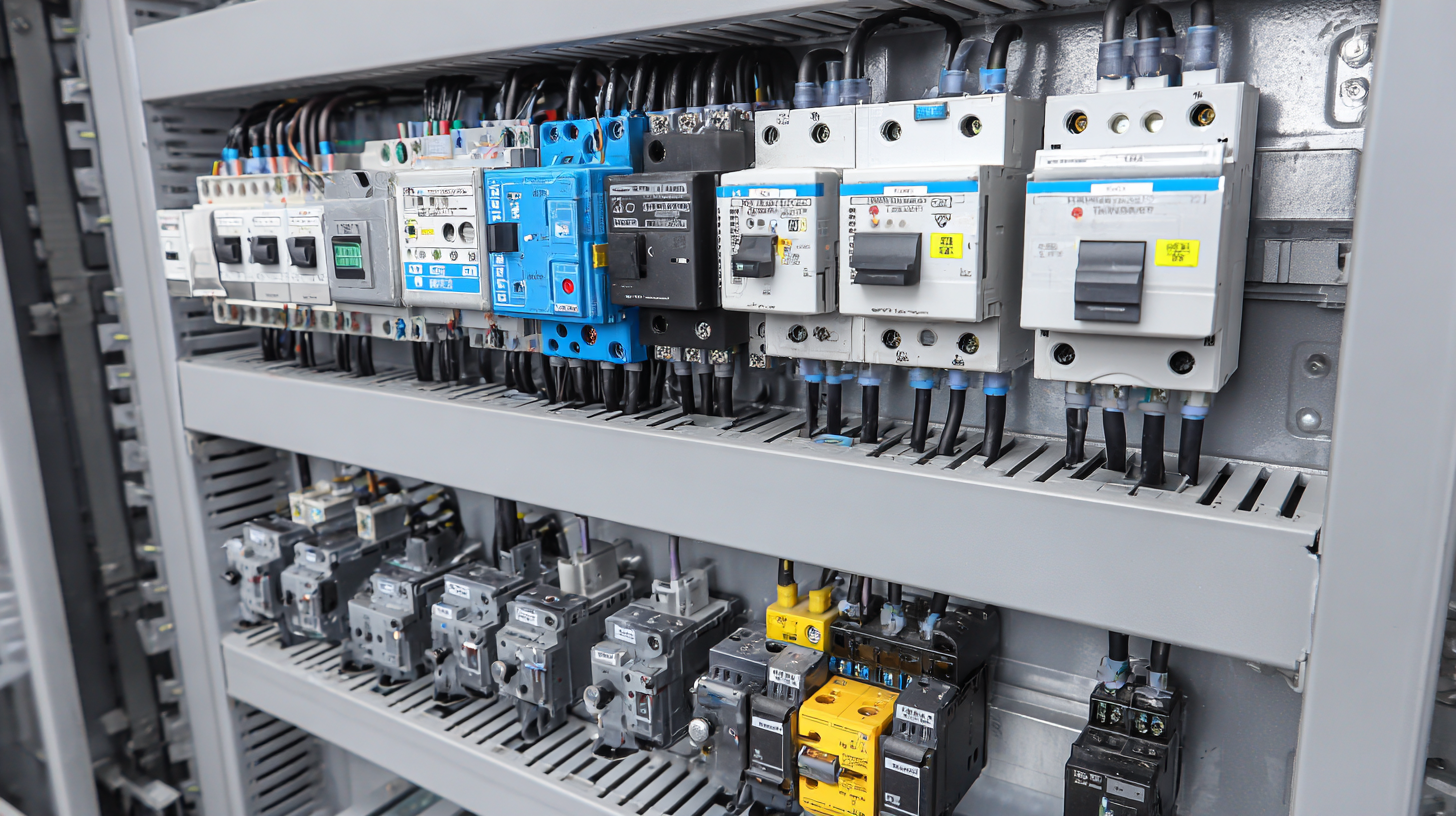
Maintenance Tips to Prevent Issues with MCCB Performance
Maintaining the performance of MCCB (Moulded Case Circuit Breakers) is crucial for ensuring the reliability of electrical systems. According to a report by the International Electrotechnical Commission, improper maintenance causes approximately 30% of all circuit breaker failures. To mitigate this risk, regular inspection and testing are essential. Maintenance should include visual checks for any signs of wear, corrosion, or overheating, which can all lead to diminished performance.
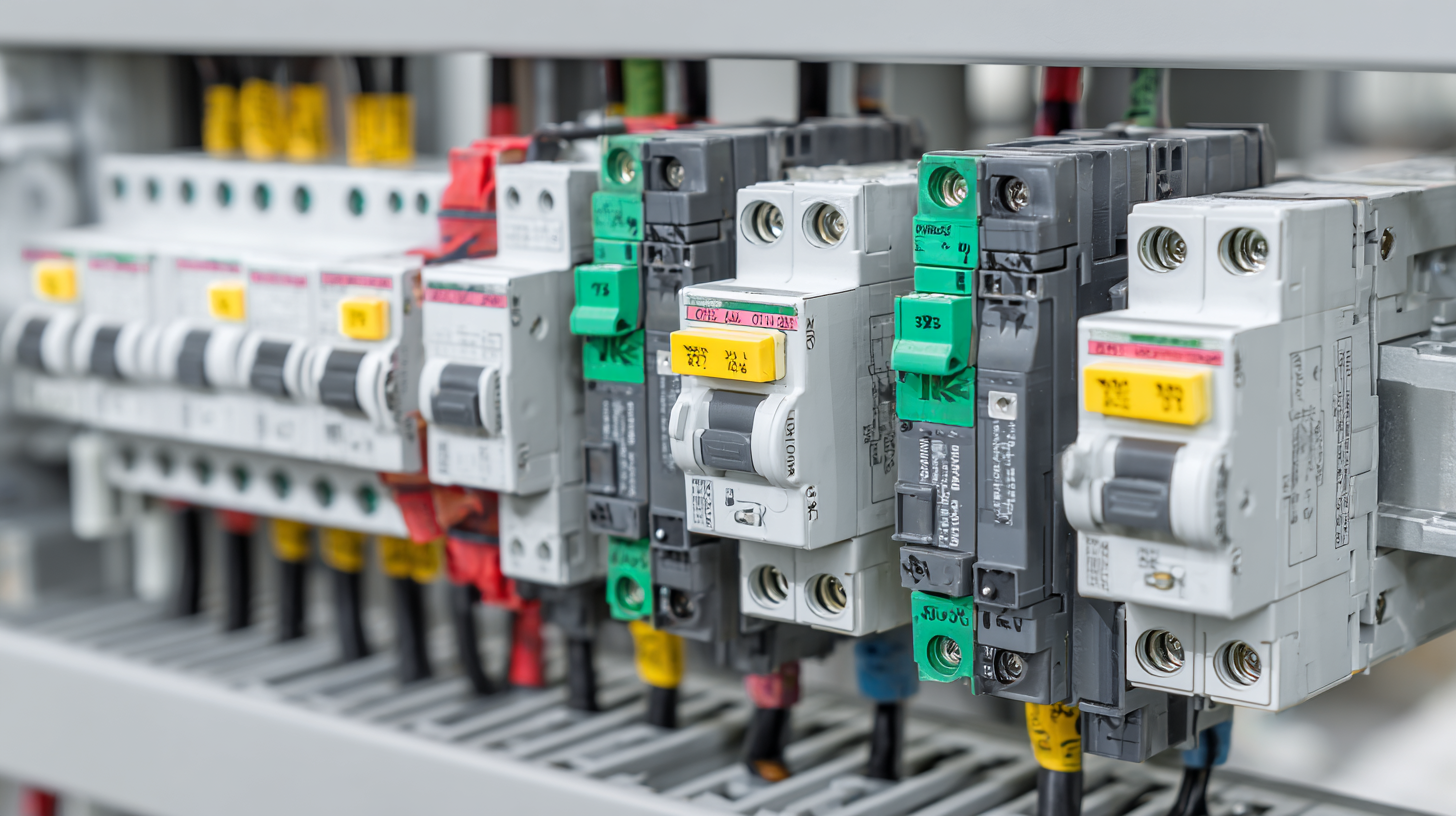
Another critical aspect of MCCB maintenance is the calibration of trip settings. A study by the Institute of Electrical and Electronics Engineers highlights that incorrect trip settings can result in unnecessary circuit interruptions or, conversely, failures to trip during overload conditions, leading to potential equipment damage. Periodic recalibration, along with functionality testing, should be performed to ensure that MCCBs respond correctly under fault conditions. Implementing a routine maintenance schedule can significantly extend the lifespan and efficiency of MCCBs, ultimately contributing to a safer and more reliable electrical system.
Understanding the Specifications and Ratings of MCCB
When selecting the best Moulded Case Circuit Breakers (MCCBs), understanding their specifications and ratings is crucial for ensuring optimal performance and safety in electrical systems. MCCBs are designed to protect electrical circuits from overload and short-circuit conditions, and their effectiveness is determined largely by their current ratings, interrupting capacity, and trip characteristics. According to a recent industry report by Market Research Future, the MCCB market is expected to grow at a CAGR of approximately 5% from 2021 to 2027, driven by the increasing need for reliable circuit protection in diverse applications.
The current ratings of MCCBs typically range from 15A to 630A, allowing for extensive flexibility in various electrical setups. A comprehensive understanding of trip settings—such as thermal magnetic and electronic trip mechanisms—is vital, as they influence how quickly the MCCB responds to faults. Furthermore, the interrupting capacity, often rated in kA, reflects the maximum fault current the MCCB can safely interrupt without causing damage. Industry data indicates that for commercial buildings, an interrupting capacity of 18kA or more is generally recommended to accommodate potential fault levels, ensuring resilience against electrical surges. This highlights the importance of selecting MCCBs with the correct specifications tailored to specific installation requirements.

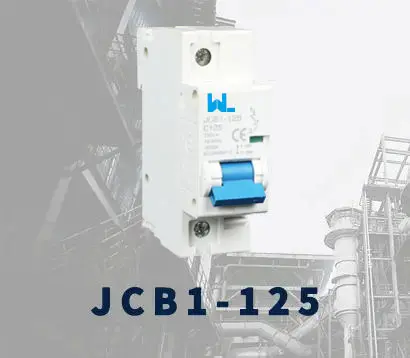 JCB1-125
JCB1-125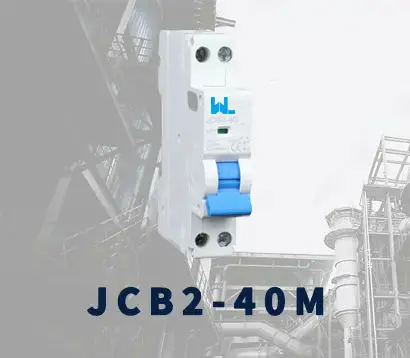 JCB2-40M
JCB2-40M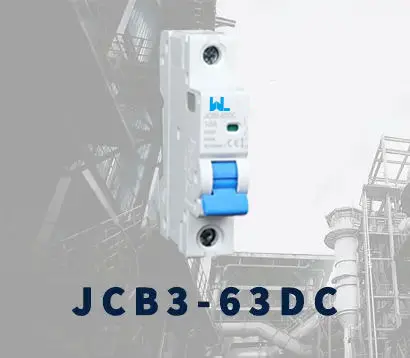 JCB3-63DC
JCB3-63DC JCB3-80H
JCB3-80H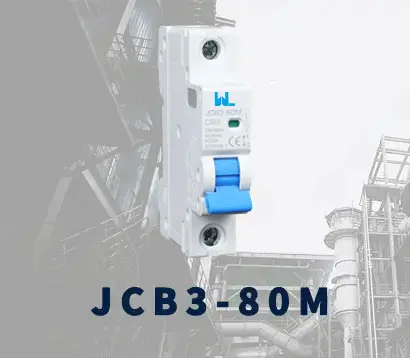 JCB3-80M
JCB3-80M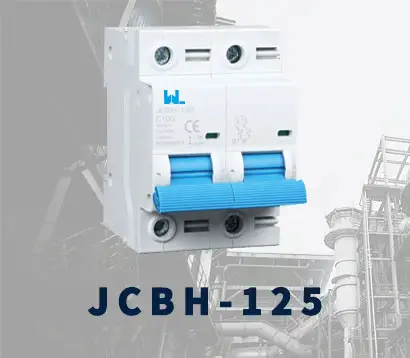 JCBH-125
JCBH-125 JC125-4P
JC125-4P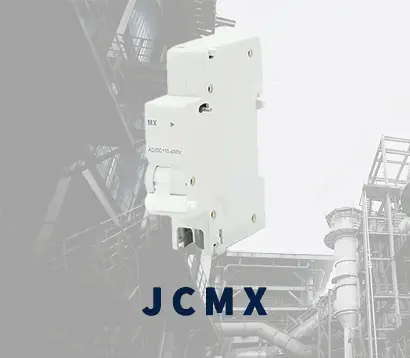 JCMX
JCMX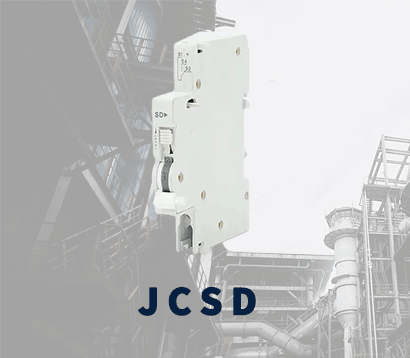 JCSD
JCSD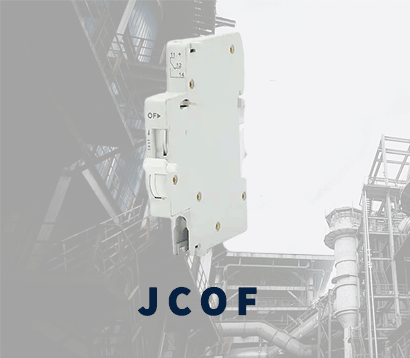 JCOF
JCOF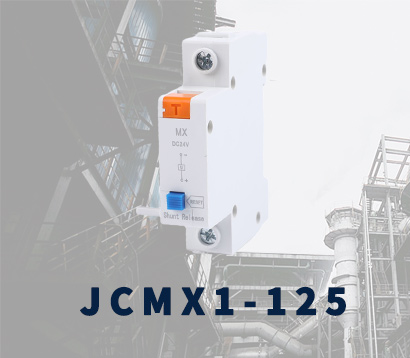 JCMX1-125
JCMX1-125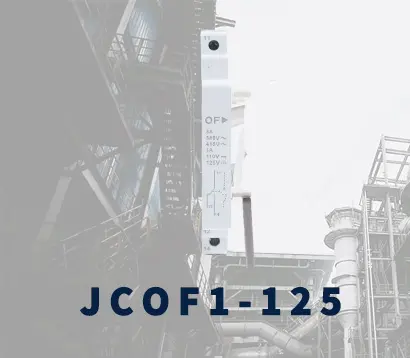 JCOF1-125
JCOF1-125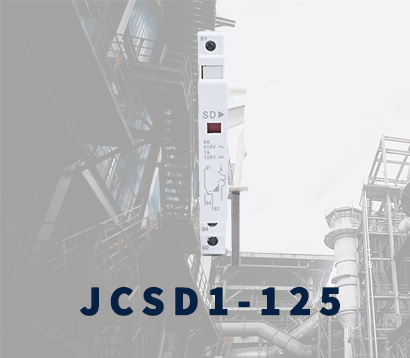 JCSD1-125
JCSD1-125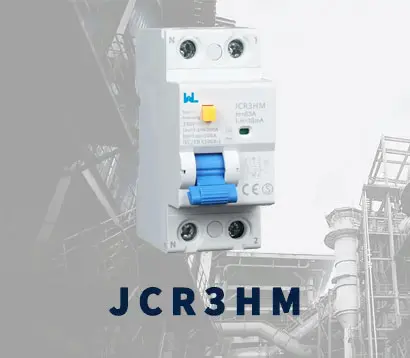 JCR3HM
JCR3HM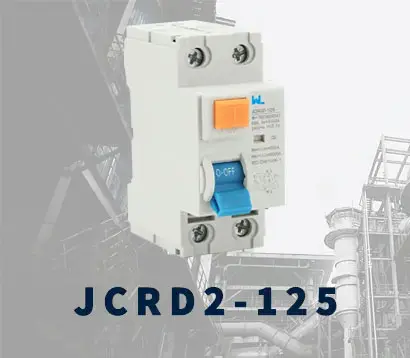 JCRD2-125
JCRD2-125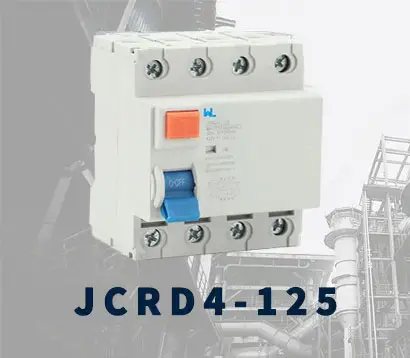 JCRD4-125
JCRD4-125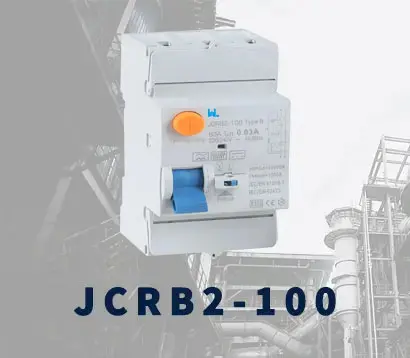 JCRB2-100
JCRB2-100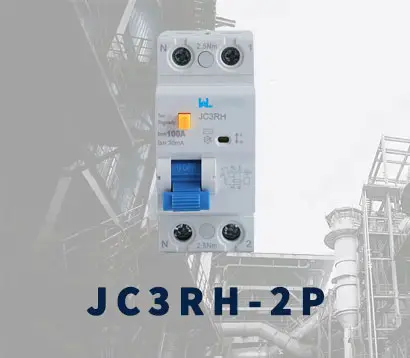 JC3RH-2P
JC3RH-2P JC3RH-S
JC3RH-S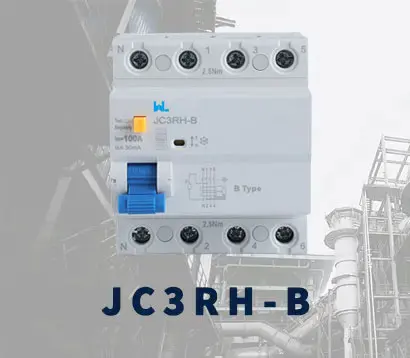 JC3RH-B
JC3RH-B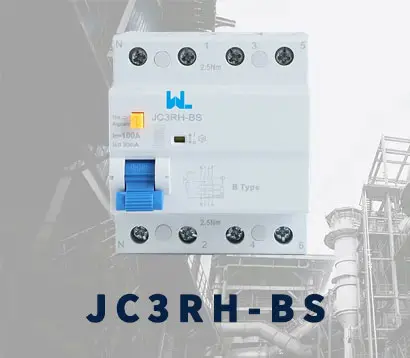 JC3RH-BS
JC3RH-BS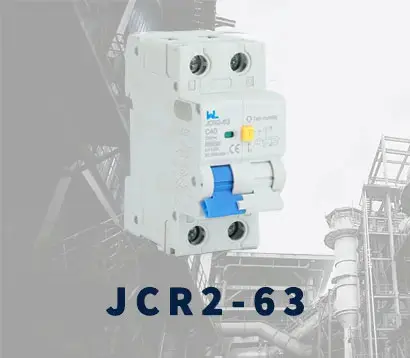 JCR2-63
JCR2-63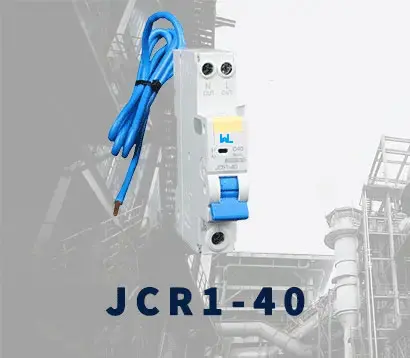 JCR1-40
JCR1-40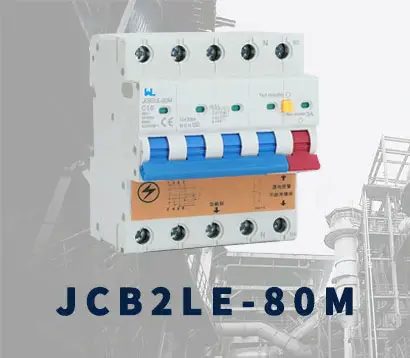 JCB2LE-80M
JCB2LE-80M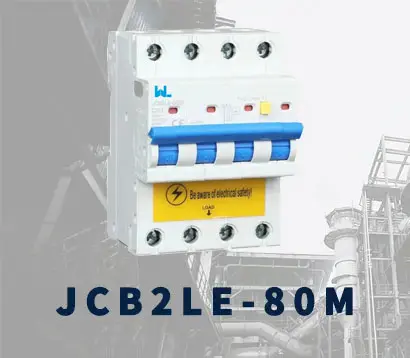 JCB2LE-80M
JCB2LE-80M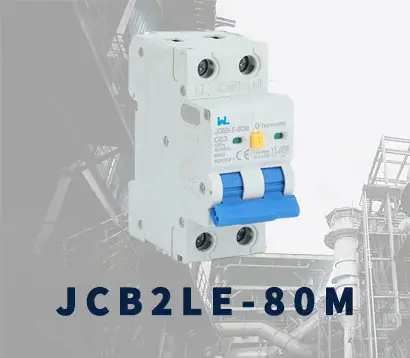 JCB2LE-80M
JCB2LE-80M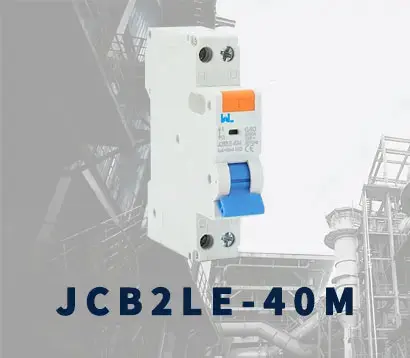 JCB2LE-40M
JCB2LE-40M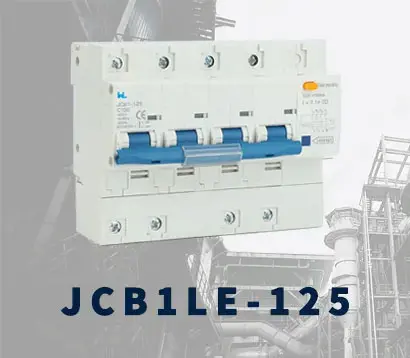 JCB1LE-125
JCB1LE-125 JCB3LM-80
JCB3LM-80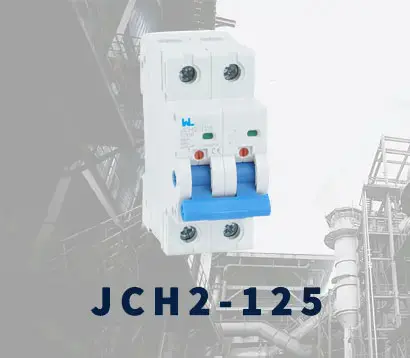 JCH2-125
JCH2-125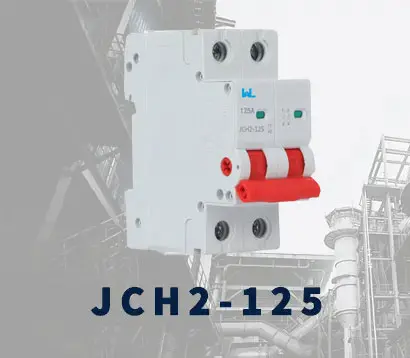 JCH2-125
JCH2-125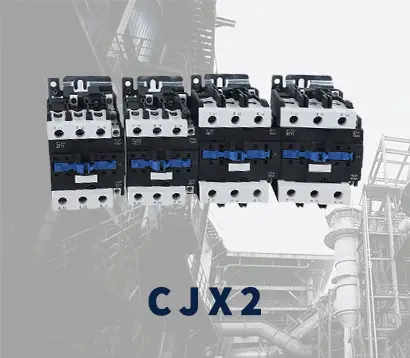 CJX2
CJX2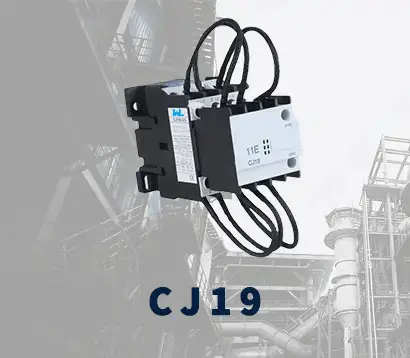 CJ19
CJ19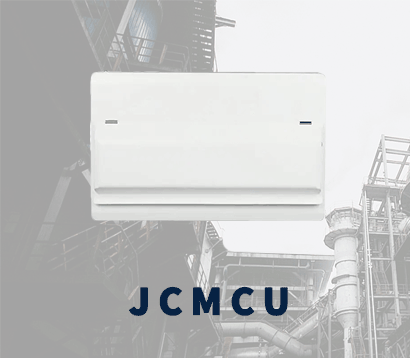 JCMCU
JCMCU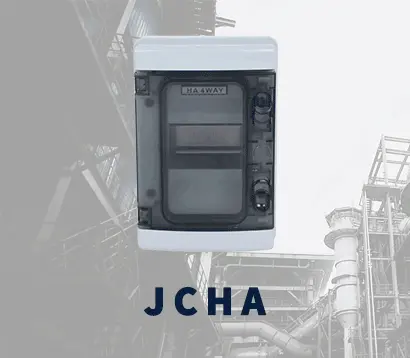 JCHA
JCHA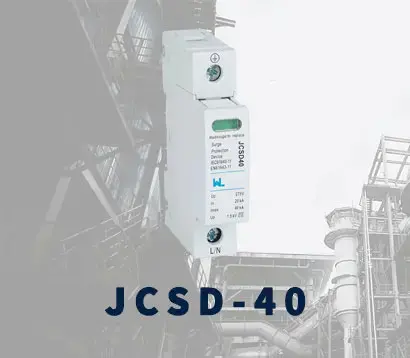 JCSD-40
JCSD-40 JCSD-60
JCSD-60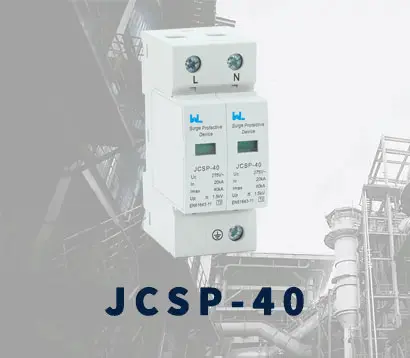 JCSP-40
JCSP-40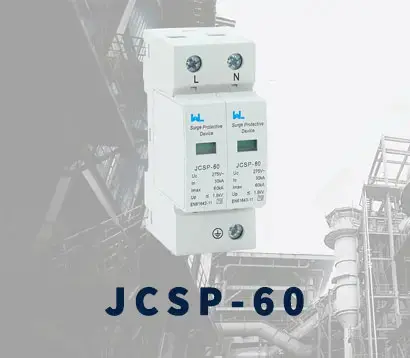 JCSP-60
JCSP-60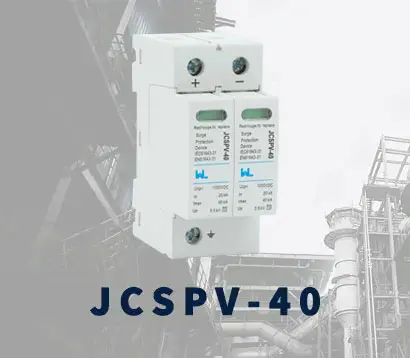 JCSPV
JCSPV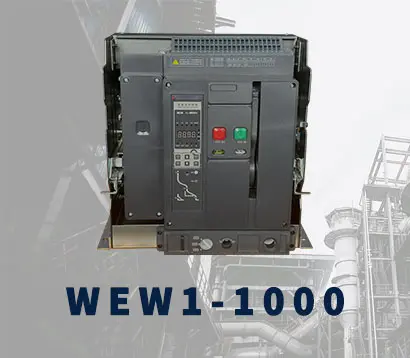 WEW1-1000
WEW1-1000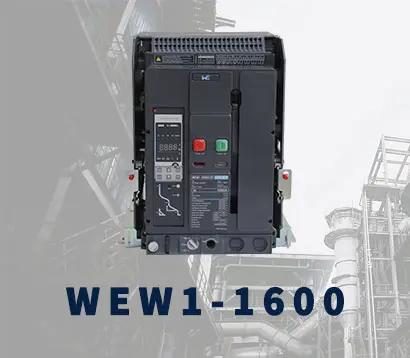 WEW1-1600
WEW1-1600 WEW1-2000
WEW1-2000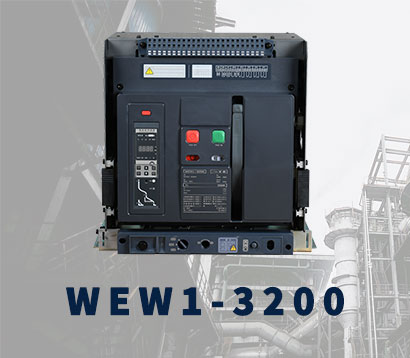 WEW1-3200
WEW1-3200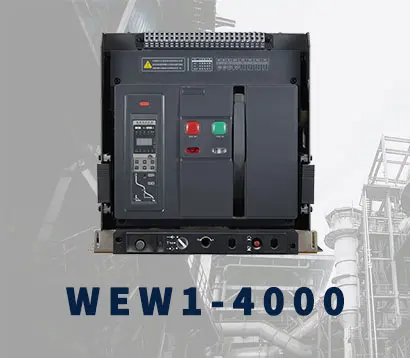 WEW1-4000
WEW1-4000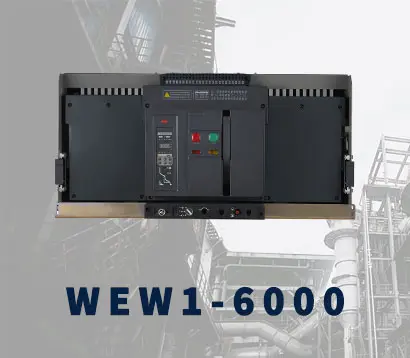 WEW1-6300
WEW1-6300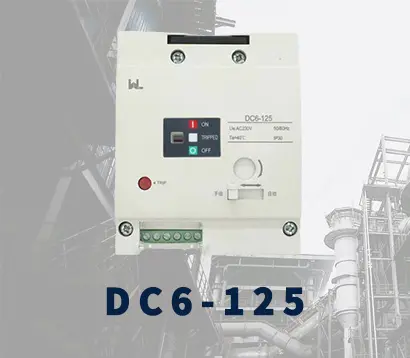 DC6-125
DC6-125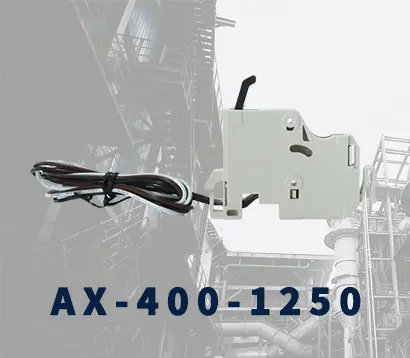 AX-400-1250
AX-400-1250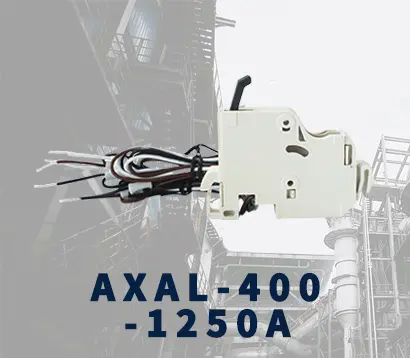 AXAL-400-1250A
AXAL-400-1250A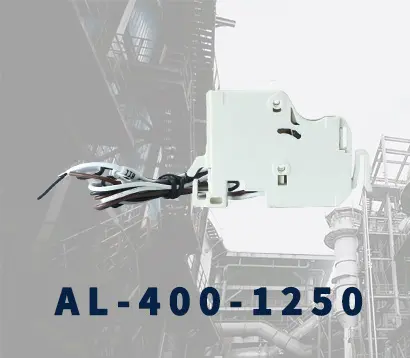 AL-400-1250
AL-400-1250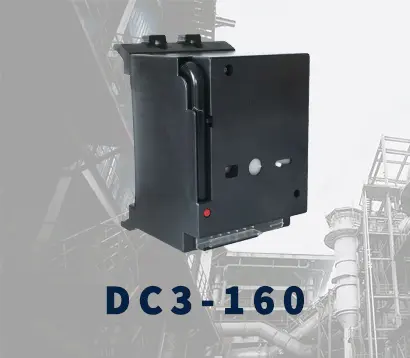 DC3-160
DC3-160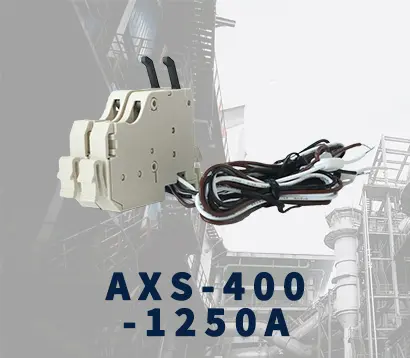 AXS-400-1250A
AXS-400-1250A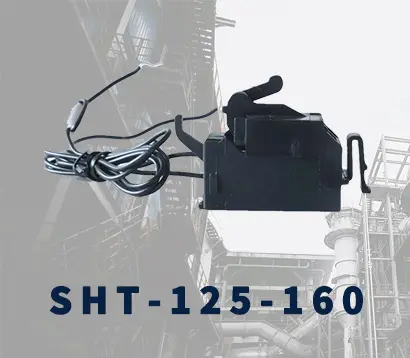 SHT-125-160
SHT-125-160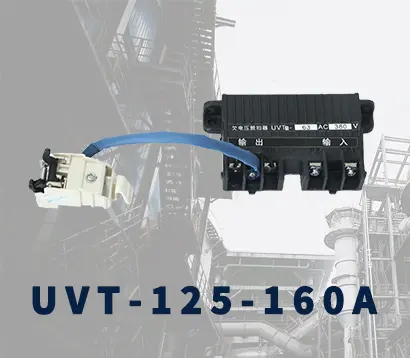 UVT-125-160A
UVT-125-160A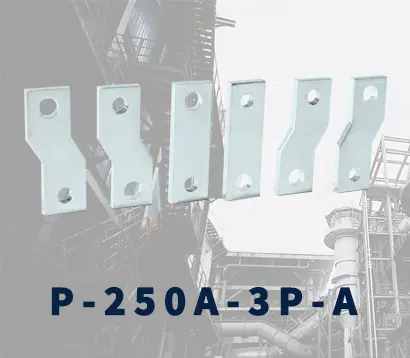 P-250A-3P-A
P-250A-3P-A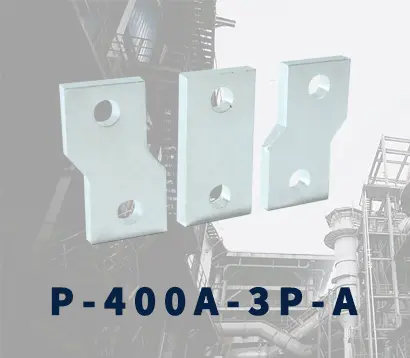 400-3P/4P terminal cover
400-3P/4P terminal cover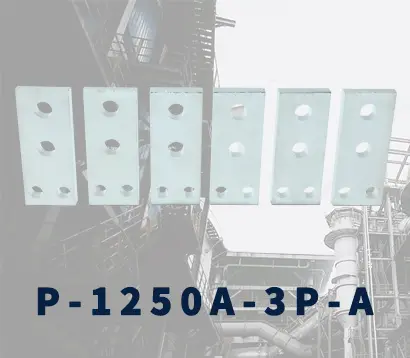 1250-3Pmccb accessories busbar
1250-3Pmccb accessories busbar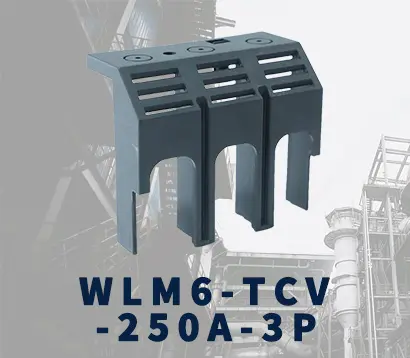 250-3P terminal conver
250-3P terminal conver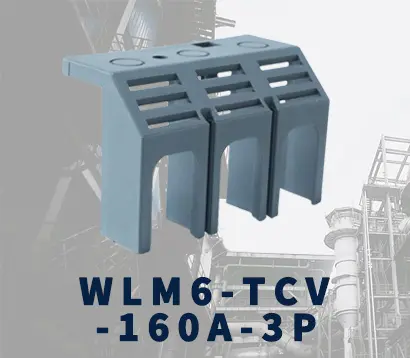 WLM6-TCV-160A-3P
WLM6-TCV-160A-3P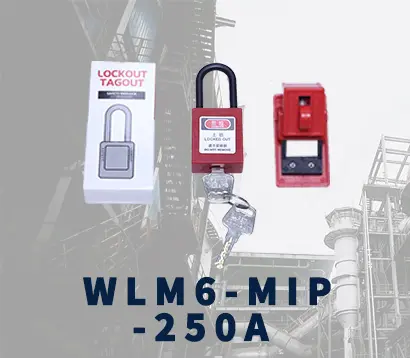 WLM6-MIP-250A
WLM6-MIP-250A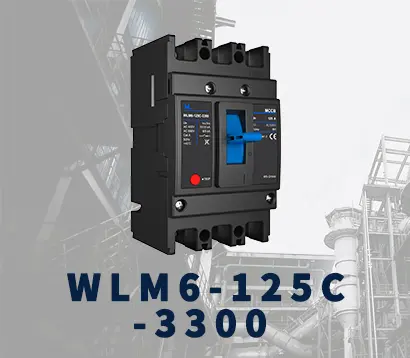 WLM6-125A-3300 3P/4P
WLM6-125A-3300 3P/4P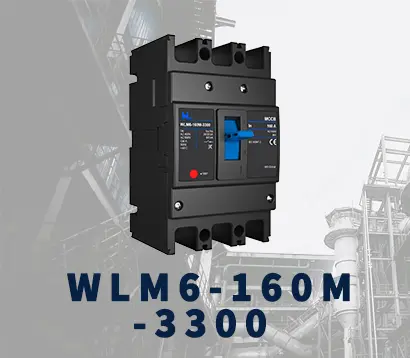 WLM6-160A-3300 3P/4P
WLM6-160A-3300 3P/4P WLM6-250A-3300 3P/4P
WLM6-250A-3300 3P/4P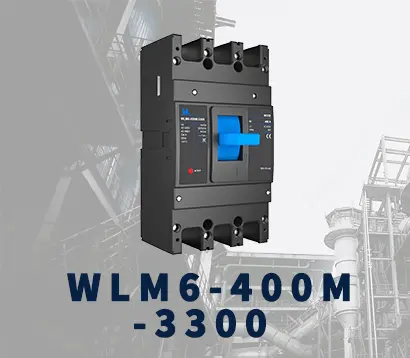 WLM6-400A-3300 3P/4P
WLM6-400A-3300 3P/4P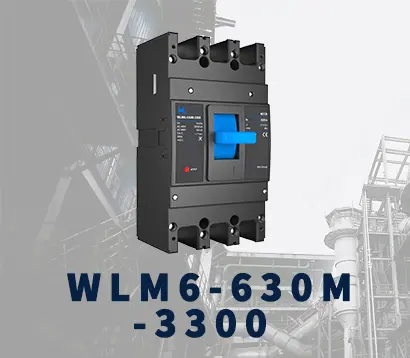 WLM6-630A-3300 3P/4P
WLM6-630A-3300 3P/4P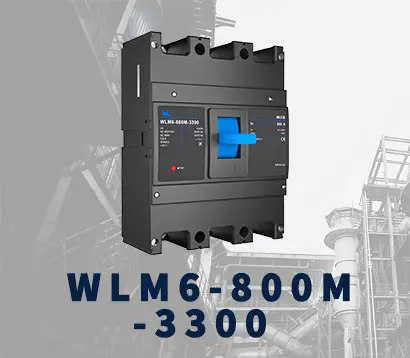 WLM6-800A-3300 3P/4P
WLM6-800A-3300 3P/4P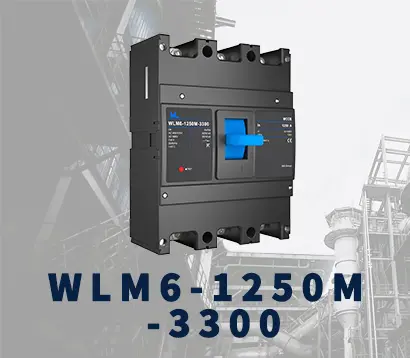 WLM6-1250A-3300 3P/4P
WLM6-1250A-3300 3P/4P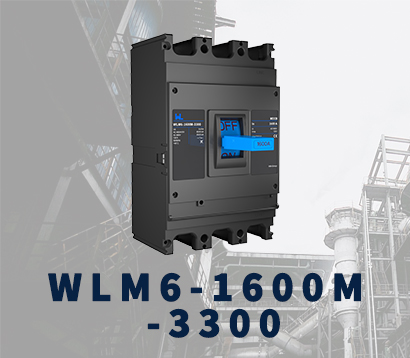 WLM6-1600A-3300 3P/4P
WLM6-1600A-3300 3P/4P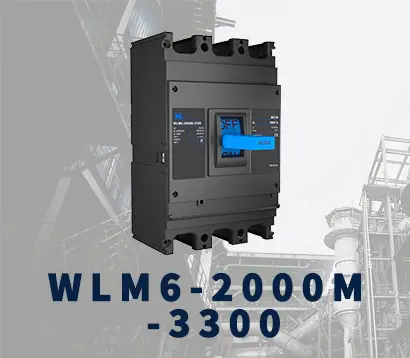 WLM6-2000A 3P/4P
WLM6-2000A 3P/4P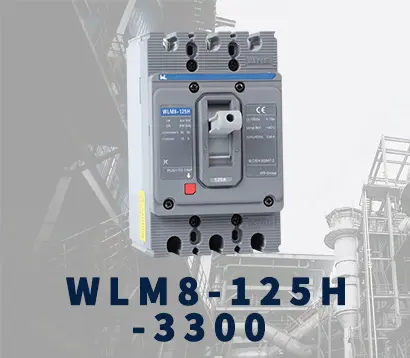 WLM8-125H-3300
WLM8-125H-3300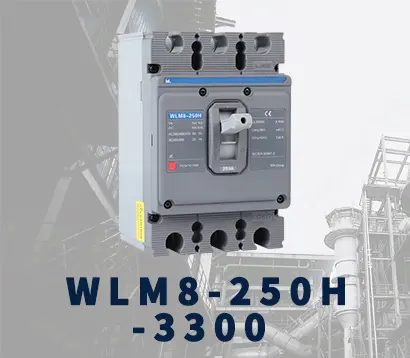 WLM8-250H-3300
WLM8-250H-3300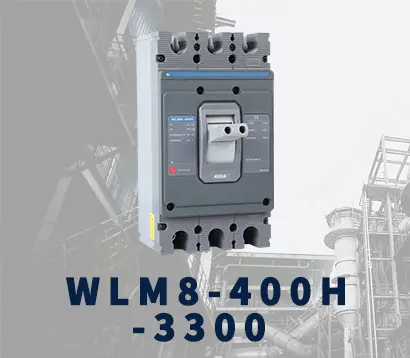 WLM8-400H-3300
WLM8-400H-3300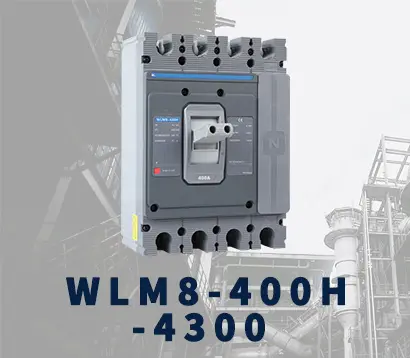 WLM8-400H-4300
WLM8-400H-4300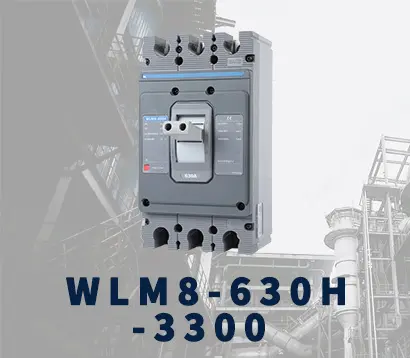 WLM8-630H-3300
WLM8-630H-3300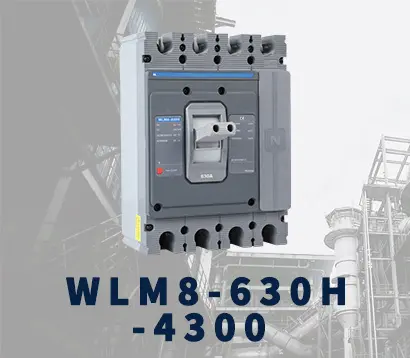 WLM8-630H-4300
WLM8-630H-4300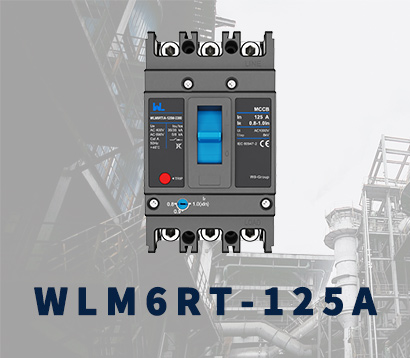 WLM6RT-125A
WLM6RT-125A WLM6RT-160A
WLM6RT-160A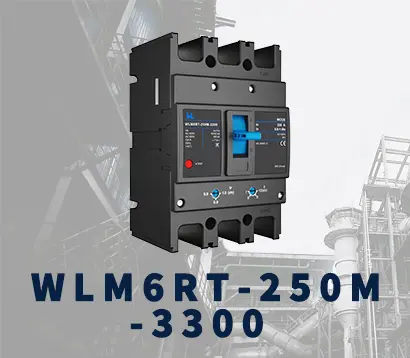 WLM6RT-250A
WLM6RT-250A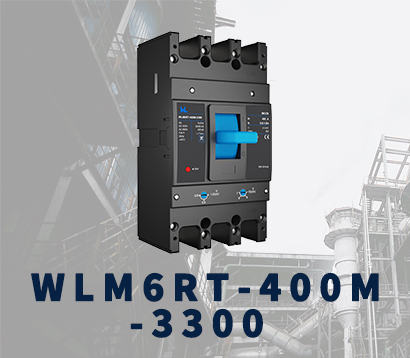 WLM6RT-400A
WLM6RT-400A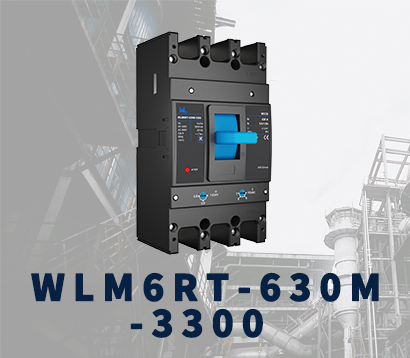 WLM6RT-630A
WLM6RT-630A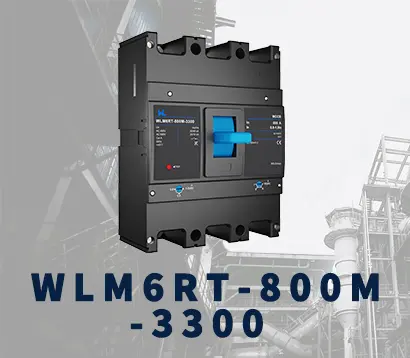 WLM6RT-800A
WLM6RT-800A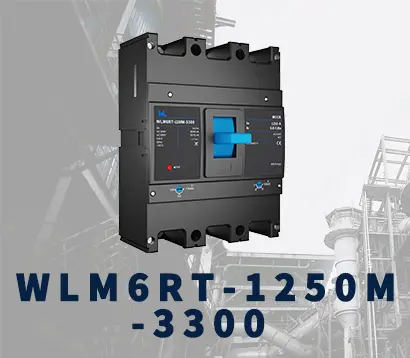 WLM6RT-1250A
WLM6RT-1250A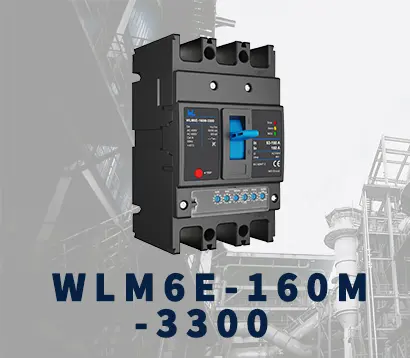 WLM6E-160A-3300 3P
WLM6E-160A-3300 3P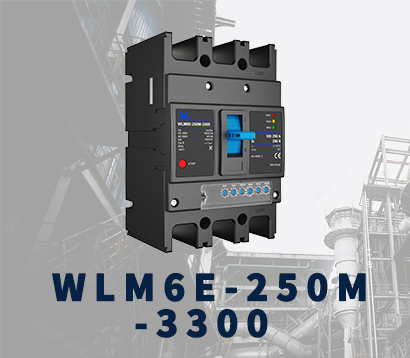 WLM6E-250A-3300
WLM6E-250A-3300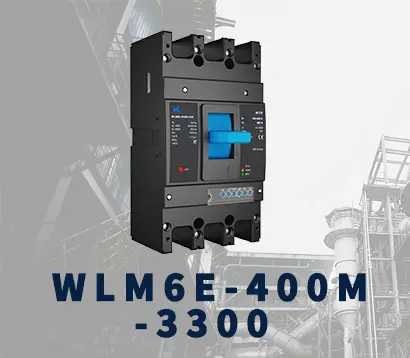 WLM6E-400A-3300 3P/4P
WLM6E-400A-3300 3P/4P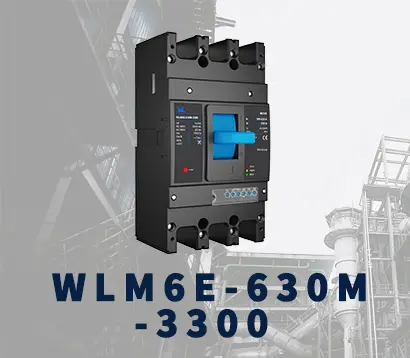 WLM6E-630A-3300
WLM6E-630A-3300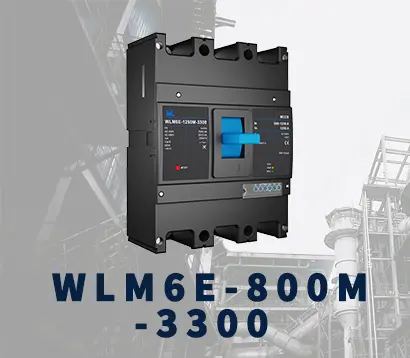 WLM6E-800A-3300 3P/4P
WLM6E-800A-3300 3P/4P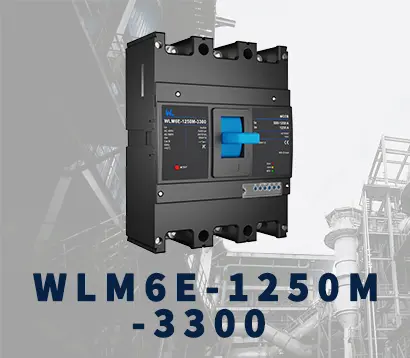 WLM6E-1250A-3300
WLM6E-1250A-3300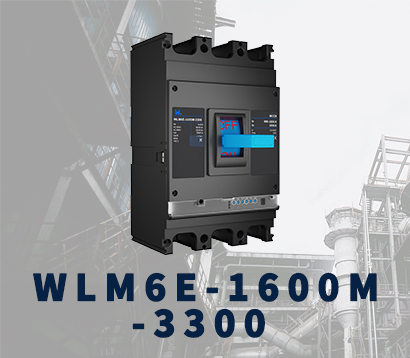 WLM6E-1600-3300 3P/4P
WLM6E-1600-3300 3P/4P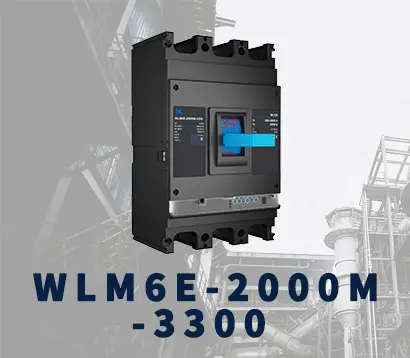 WLM6E-2000A-3300 3P/4P
WLM6E-2000A-3300 3P/4P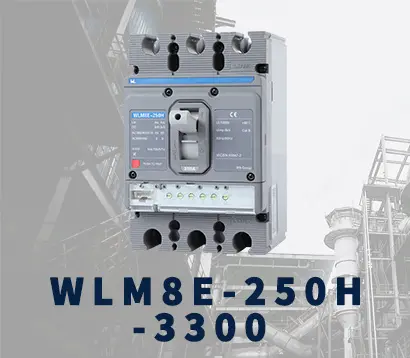 WLM8E-250H-3300
WLM8E-250H-3300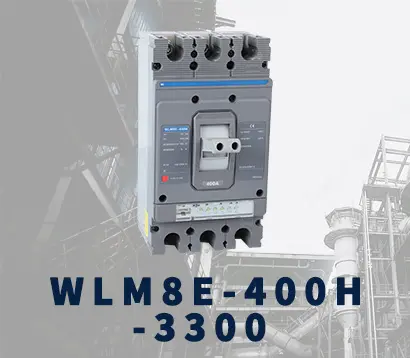 WLM8E-400H-3300
WLM8E-400H-3300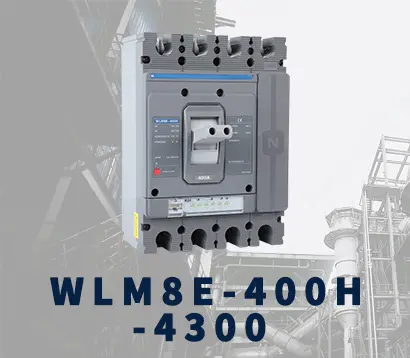 WLM8E-400H-4300
WLM8E-400H-4300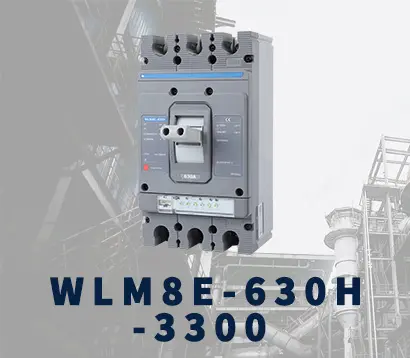 WLM8E-630H-3300
WLM8E-630H-3300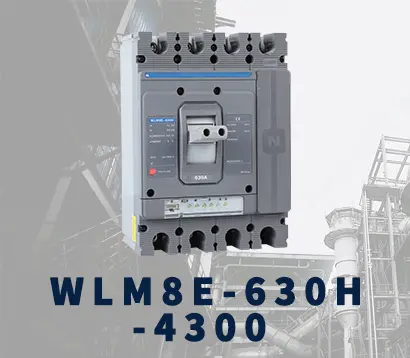 WLM8E-630H-4300
WLM8E-630H-4300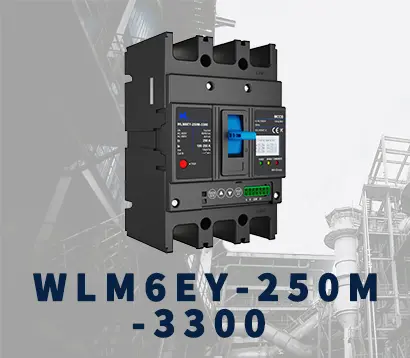 WLM6EY-250-3300 3P/4P
WLM6EY-250-3300 3P/4P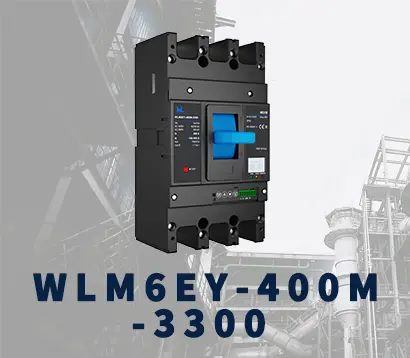 WLM6EY-400 3P/4P
WLM6EY-400 3P/4P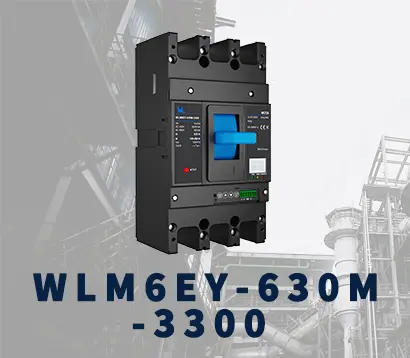 WLM6EY-630 3P/4P
WLM6EY-630 3P/4P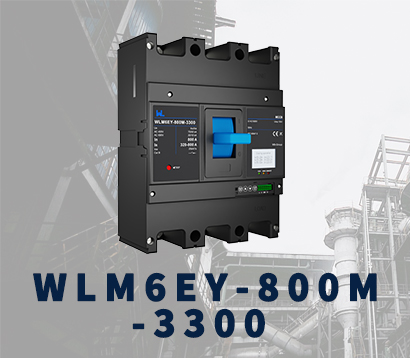 WLM6EY-800A 3P/4P
WLM6EY-800A 3P/4P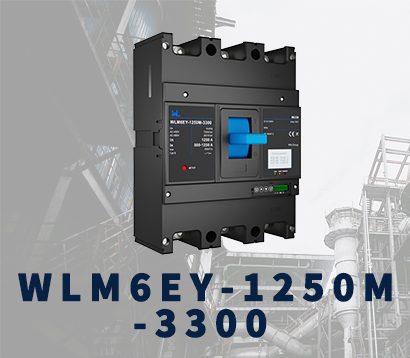 WLM6EY-1250A 3P/4P
WLM6EY-1250A 3P/4P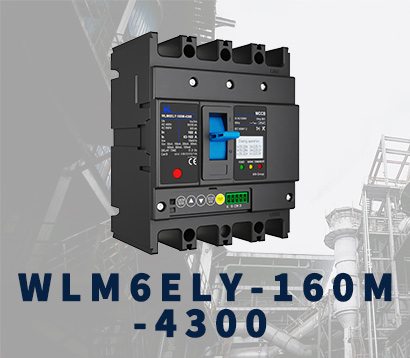 WLM6ELY-160A
WLM6ELY-160A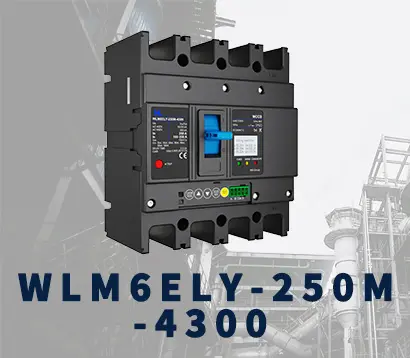 WLM6ELY-250A
WLM6ELY-250A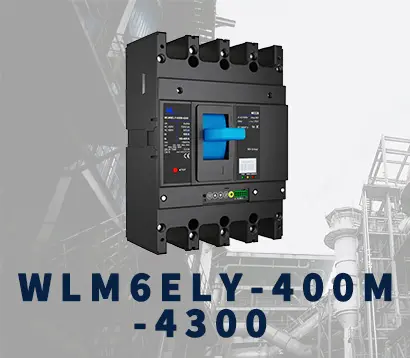 WLM6ELY-400A
WLM6ELY-400A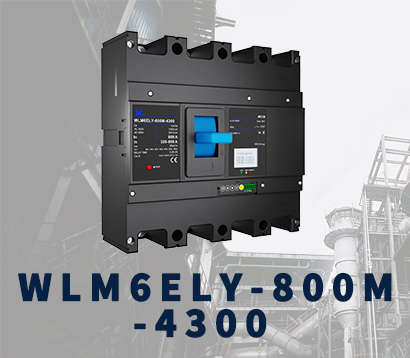 WLM6ELY-800A
WLM6ELY-800A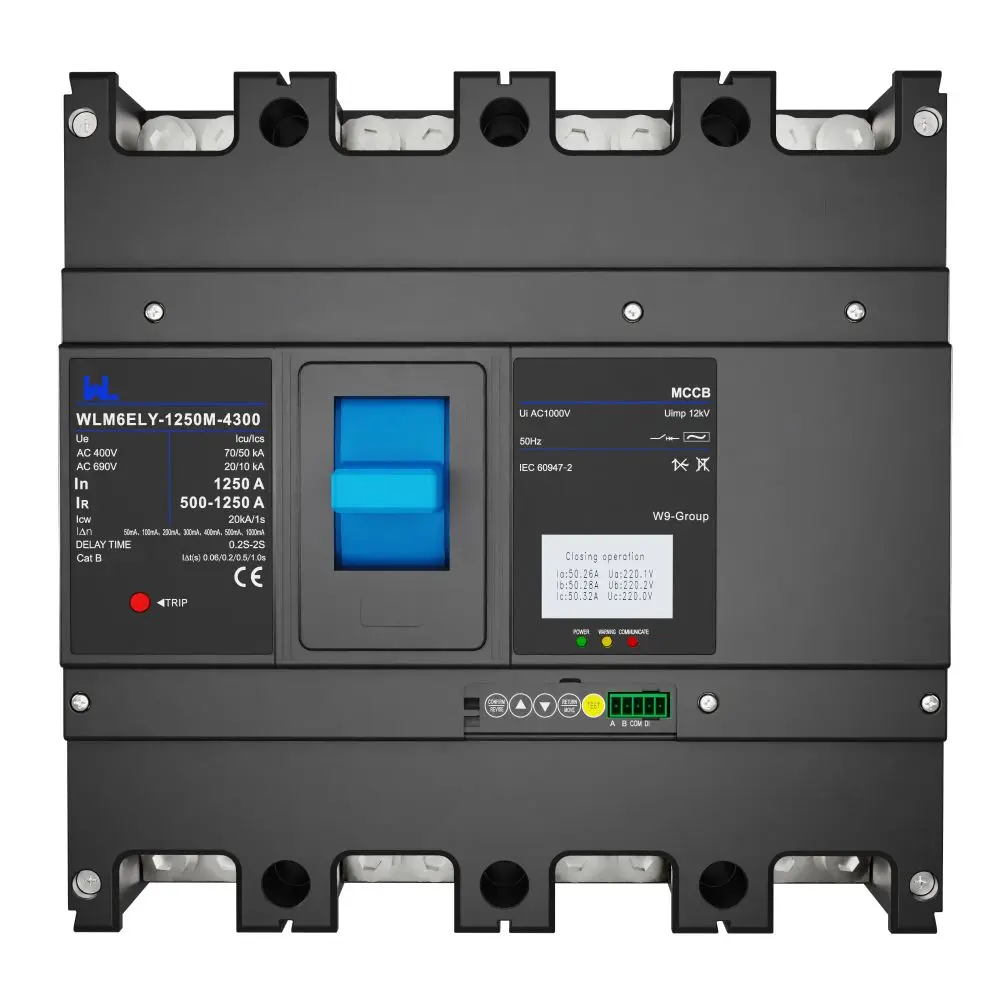 WLM6ELY-1250A
WLM6ELY-1250A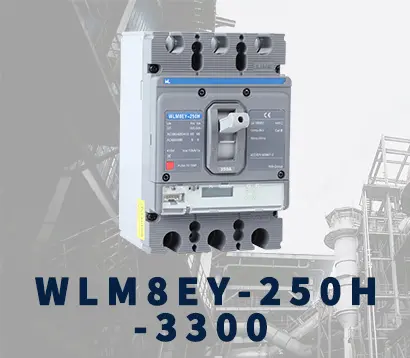 WLM8EY-250H-3300
WLM8EY-250H-3300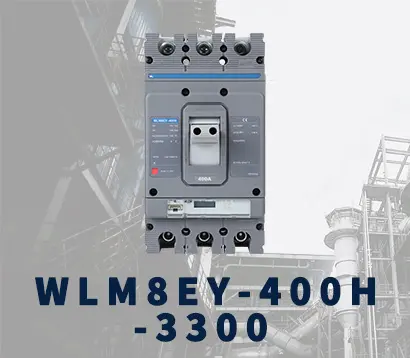 WLM8EY-400H-3300
WLM8EY-400H-3300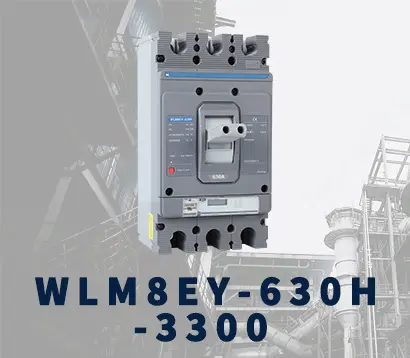 WLM8EY-630H-3300
WLM8EY-630H-3300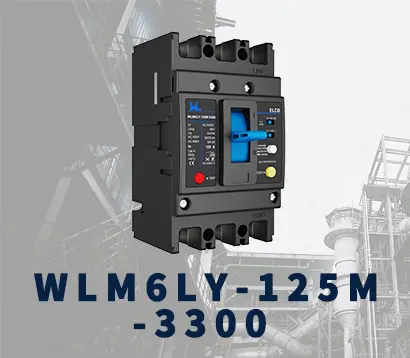 WLM6LY-125A
WLM6LY-125A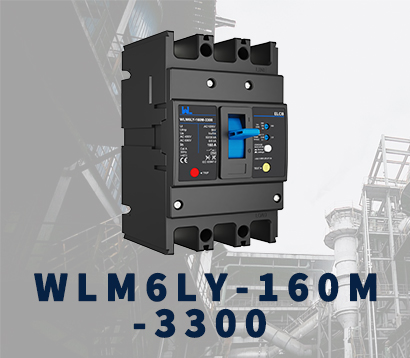 WLM6L-160A
WLM6L-160A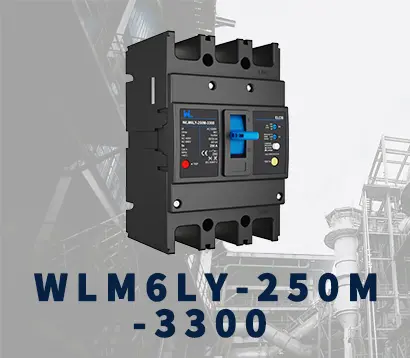 WLM6LY-250A
WLM6LY-250A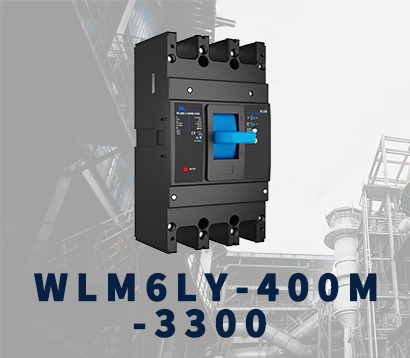 WLM6LY-400A
WLM6LY-400A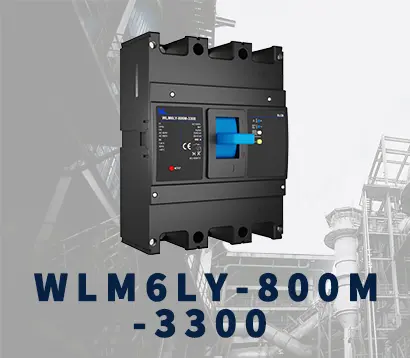 WLM6LY-800A
WLM6LY-800A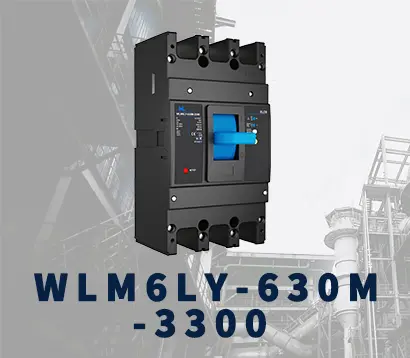 WLM6LY-630A
WLM6LY-630A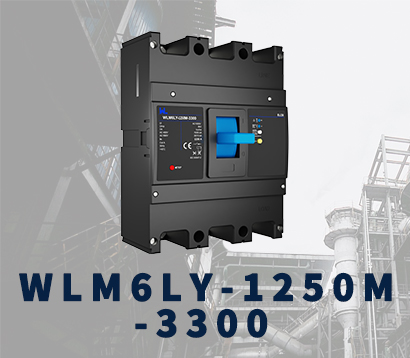 WLM6LY-1250A
WLM6LY-1250A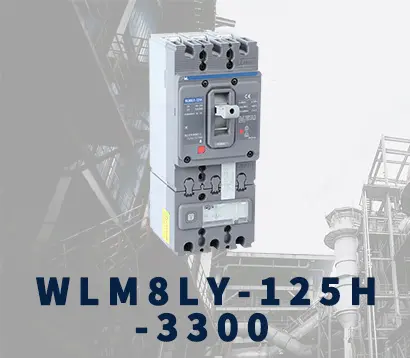 WLM8LY-125H-3300
WLM8LY-125H-3300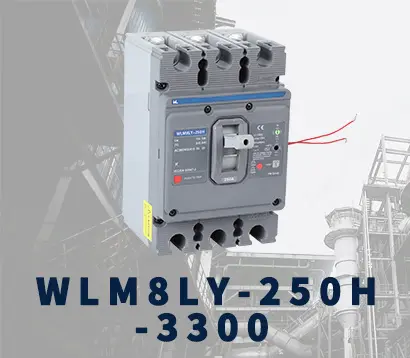 WLM8LY-250H-3300
WLM8LY-250H-3300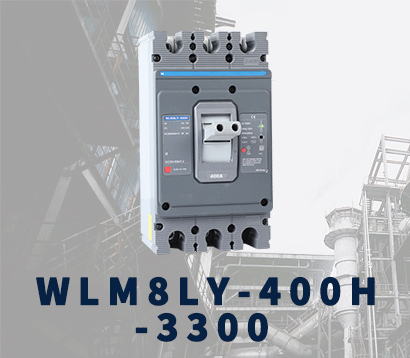 WLM8LY-400H-3300
WLM8LY-400H-3300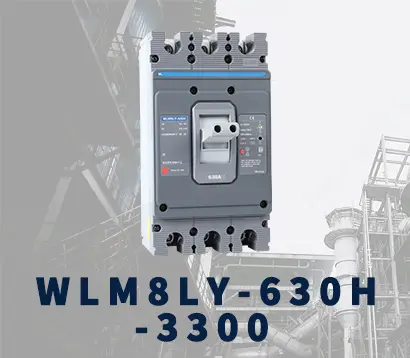 WLM8LY-630H-3300
WLM8LY-630H-3300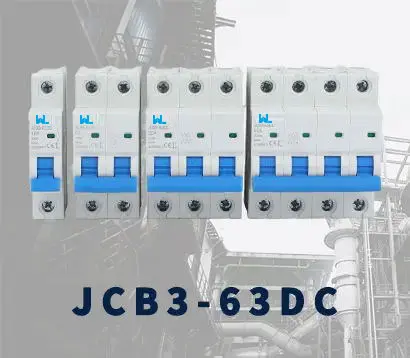 JCB3-63DC
JCB3-63DC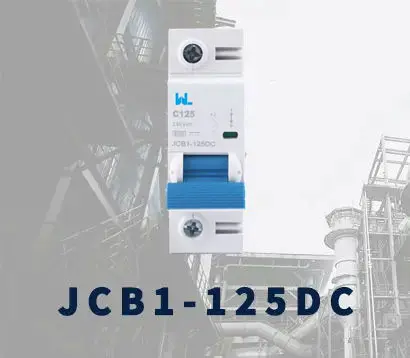 JCB1-125DC
JCB1-125DC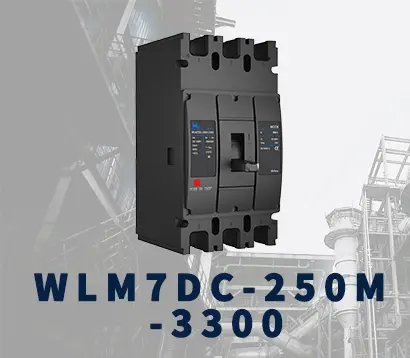 WLM7DC-250A-2300 2P/3P
WLM7DC-250A-2300 2P/3P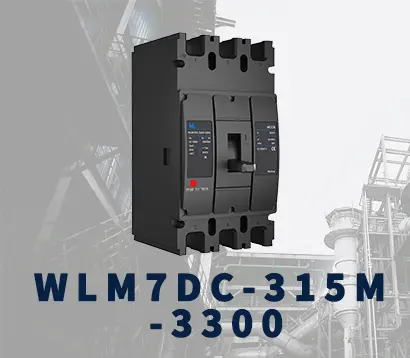 WLM7DC-315A-3300 2P/3P
WLM7DC-315A-3300 2P/3P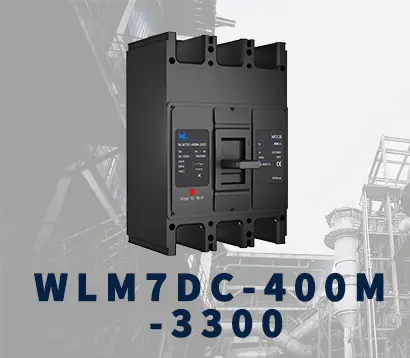 WLM7DC-400A-2300 2P/3P
WLM7DC-400A-2300 2P/3P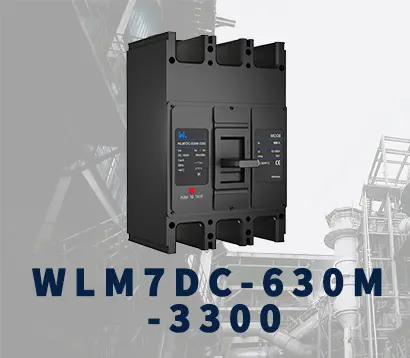 WLM7DC-630A-3300 3P
WLM7DC-630A-3300 3P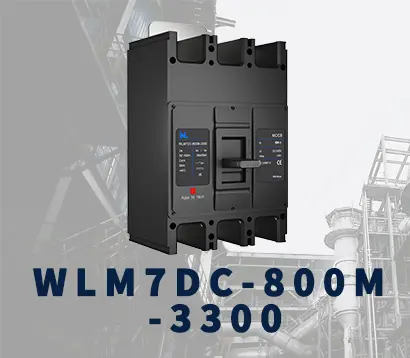 WLM7DC-800A-2300 2P/3P
WLM7DC-800A-2300 2P/3P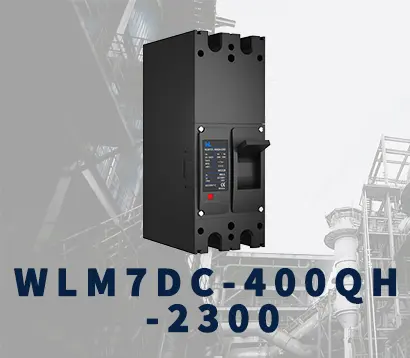 WLM7DC-400A 2300
WLM7DC-400A 2300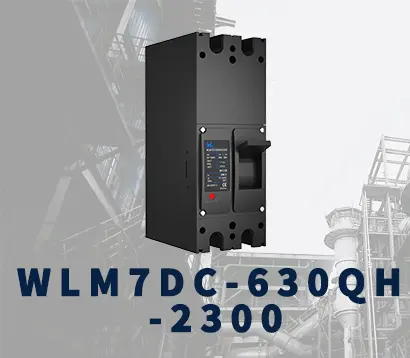 WLM7DC-630A-2300 2P
WLM7DC-630A-2300 2P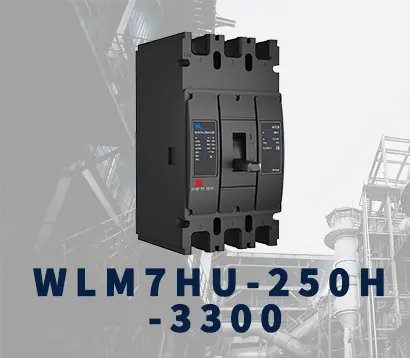 WLM7HU-250-3300 3P
WLM7HU-250-3300 3P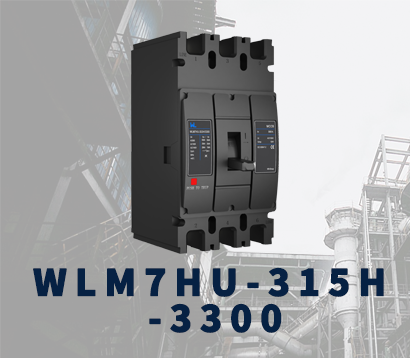 WLM7HU-315-3300 3P
WLM7HU-315-3300 3P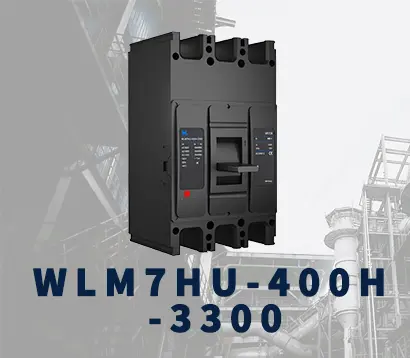 WLM7HU-400-3300 3P
WLM7HU-400-3300 3P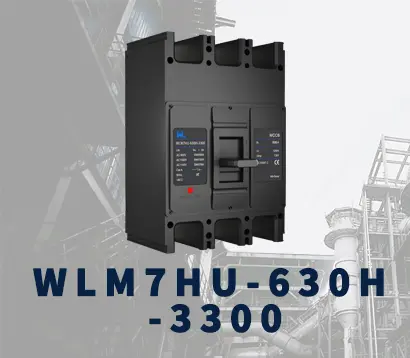 WLM7HU-630-3300 3P
WLM7HU-630-3300 3P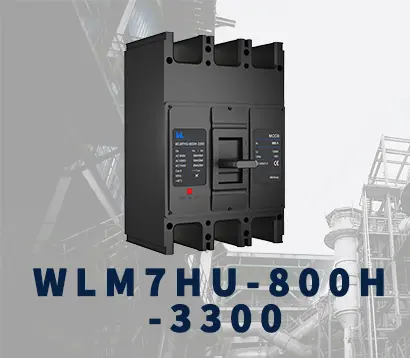 WLM7HU-800-3300 3P
WLM7HU-800-3300 3P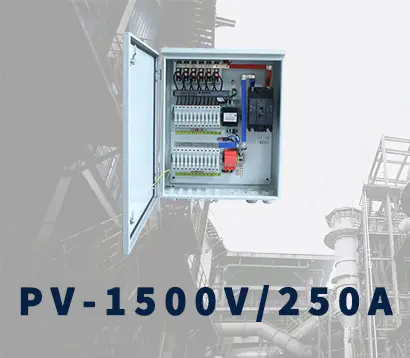 PV-1500V/250A
PV-1500V/250A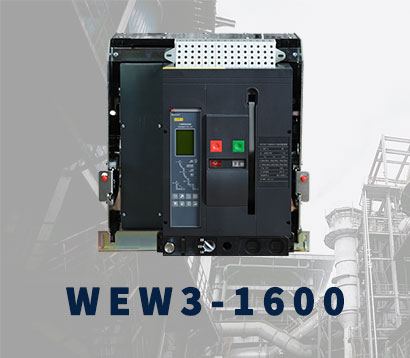 WEW3-1600
WEW3-1600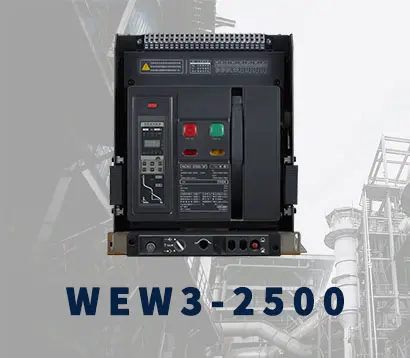 WEW3-2500
WEW3-2500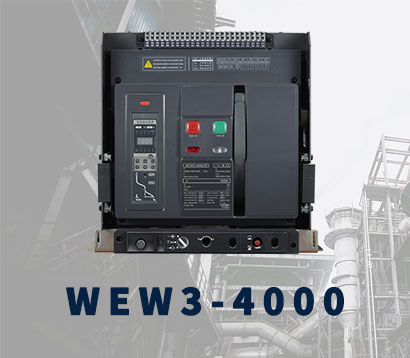 WEW3-4000
WEW3-4000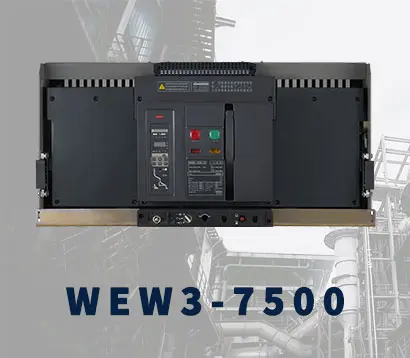 WEW3-7500
WEW3-7500



